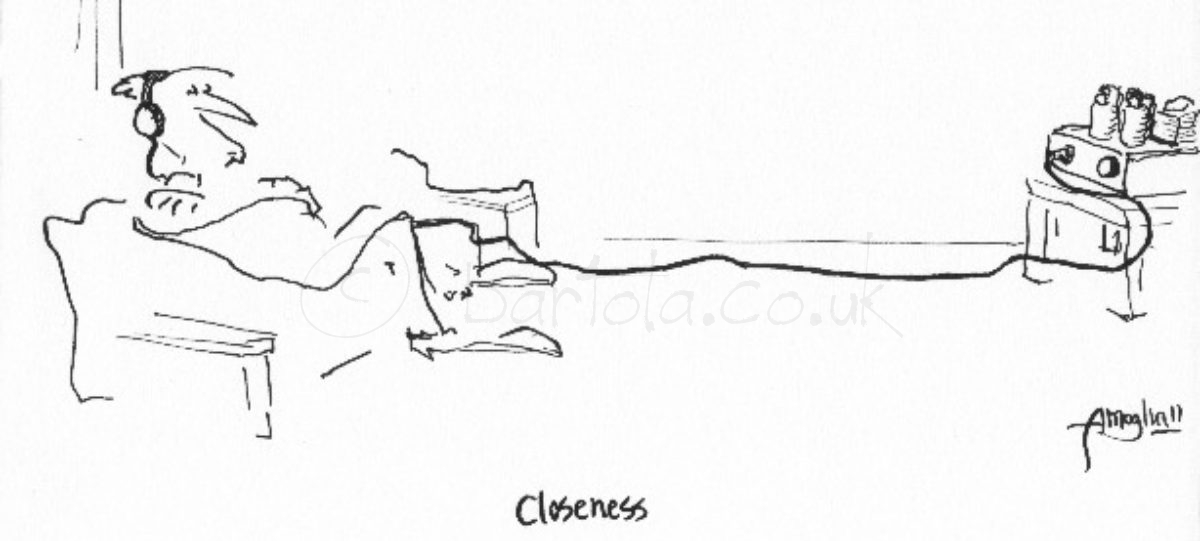Andy Evans and myself have been experimenting with the 4P1L extensively. No one will argue that the 4P1L is a cracking valve. It’s very linear, has low anode resistance and its filament is not demanding, so it can be easily used in filament bias. Similarly, pairs are very easy to match, is still cheap and a pair of them can performa as well as a 2A3 at a fraction of its cost.
In one of the listening tests we did at Andy’s I found that a 100% 4P1L system (i.e. pre-amp, driver and output valve) had something missing in its tone. Perhaps is the clarity and neutrality of the 4P1L, but definitely I’d add a warmer valve somewhere in the signal path.
I’ve been toying with the idea of upgrading my 45 at some point or at least provide some way of testing several combinations of output valves. To me, I’d rather implement filament bias but in most of the cases is not possible due to the filament demands. 4P1L in PSE can be easily achieved in filament bias. I did some tests recently, with outstanding results. Ultra-path could be an option, but of course will demand more attention to the HT supply filtering. Fixed bias on the other hand, proved to be very effective, but yet requires a low noise bias. Rod Coleman suggested recently to use his filament regulator boards to provide a very low noise and stable bias by means of providing a stable and low noise current through a bias resistor. A very simple and neat concept which is shown in my early design for this SE or PSE amplifier:
 4P1L as a driver is a great choice. Firstly, it can be easily implemented with filament bias, so no nasty capacitors are required. I’ve got a pair of LL1671/20mA which can provide a great 1:1 coupling whilst reducing the HT requirements of the driver stage. 4P1L running at Ia=20mA, Va=243V, Vgk=-17V can drive easily the 6C4C into clipping. R5 performs as the bias resistor for the output valve. The CCS3 regulator is set to about 0.95mA to develop about -44V across the resistor. As there will be no DC current flowing across the secondary there will be no voltage drop and the valve will be biased accordingly. The current meter will allow us to track any bias drift and re-adjust when needed. The 6C4C will be biased at Ia=60mA and Vak=250V. The output transformer is the LL1623/60mA which can be configured for multiple impedance requirements: 5K6, 3K and 1K6. This will allow me some flexibility in the output stage when testing other combinations.
4P1L as a driver is a great choice. Firstly, it can be easily implemented with filament bias, so no nasty capacitors are required. I’ve got a pair of LL1671/20mA which can provide a great 1:1 coupling whilst reducing the HT requirements of the driver stage. 4P1L running at Ia=20mA, Va=243V, Vgk=-17V can drive easily the 6C4C into clipping. R5 performs as the bias resistor for the output valve. The CCS3 regulator is set to about 0.95mA to develop about -44V across the resistor. As there will be no DC current flowing across the secondary there will be no voltage drop and the valve will be biased accordingly. The current meter will allow us to track any bias drift and re-adjust when needed. The 6C4C will be biased at Ia=60mA and Vak=250V. The output transformer is the LL1623/60mA which can be configured for multiple impedance requirements: 5K6, 3K and 1K6. This will allow me some flexibility in the output stage when testing other combinations.
The same circuit can be easily adjusted to fit the 4P1L PSE output stage:
 A pair of 4P1L can replace the 6C4C biased at Vak=250V, Ia=30mA and Vgk=-20V. The bias resistor (R7) has to be changed to 20K to allow the 20V bias voltage requirement. No further changes to the circuit are needed with the exception of the CCS2 that needs to be adjusted to fit the 1.3A (2x650mA) required by the filaments.
A pair of 4P1L can replace the 6C4C biased at Vak=250V, Ia=30mA and Vgk=-20V. The bias resistor (R7) has to be changed to 20K to allow the 20V bias voltage requirement. No further changes to the circuit are needed with the exception of the CCS2 that needs to be adjusted to fit the 1.3A (2x650mA) required by the filaments.
Merry Christmas!







